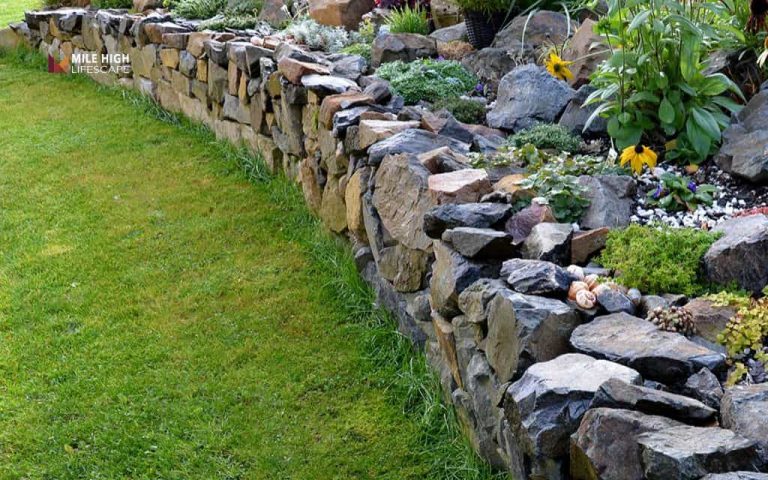Transform Your Yard with Trusted Landscaping Denver Services
Enjoy a beautiful, low - maintenance outdoor space without the hassle. Get your dream landscape at Denver’s best price today.
Rated 4.7/5 out of 999+ customer reviews
Our Landscape Services Include
Mile High Lifescape provides a range of landscaping services such as tailored landscape design and installation, xeriscape landscaping, sprinkler installation, outdoor fireplace construction, fence installation, custom deck building, landscape rock placement, bush trimming, flower bed design and installation, tree branch removal,… that turn regular yards into unique outdoor retreats

Xeriscape Landscaping
Create a beautiful, low-water landscape designed for Denver’s climate.

Sprinkler Installation
Keep your lawn healthy with a sprinkler or drip irrigation system. We design and install efficient setups to deliver the right amount of water where it’s needed most.

Outdoor Fireplace
Add warmth and style to your outdoor space with a custom-built fireplace or fire pit. Perfect for cozy evenings and entertaining year-round.

Bush Trimming
Maintain neat, healthy bushes and hedges with our trimming service. We shape and prune plants to enhance curb appeal and promote growth.

Roof Cleaning
Protect your home with safe, thorough roof cleaning. We remove leaves, moss, and debris to prevent damage and drainage issues.

Fence Installation
Add privacy and security to your yard with a professionally installed fence. Choose from wood, vinyl, or decorative styles to match your landscape.
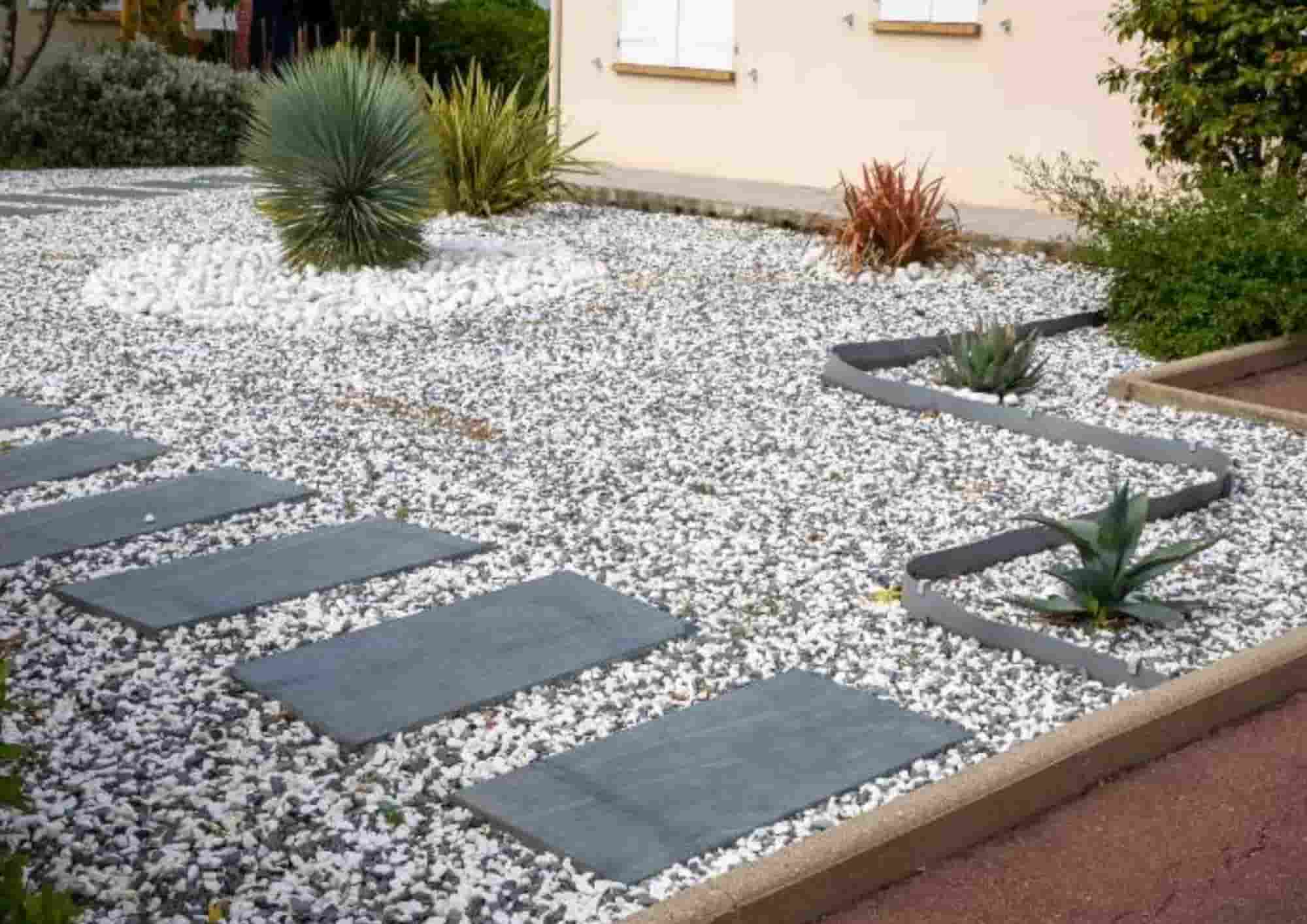
Landscape Rock
Enhance your yard with decorative rock, gravel, and stone accents. Ideal for low-maintenance, water-efficient landscaping that adds natural beauty and texture.

Deck Builders
Designed for comfort, durability, and style - perfect for gatherings and relaxing under the sky.

Flower Bed
Bring color and life to your yard with beautiful flower beds. We plan, plant, and maintain vibrant blooms that thrive in all Denver seasons.

Mulch Installation
Protect your plants and keep your garden looking polished with fresh mulch.

Tree Branch Removal
Ensure safety and keep your yard tidy with our branch and limb removal services.
Thinking about upgrading your lawn? Let’s chat!
Call us or leave your info – we’ll send you a free quote, no strings attached.
Landscaping Service Process at MHL
Getting a beautiful landscape is simple with our 3-step process!
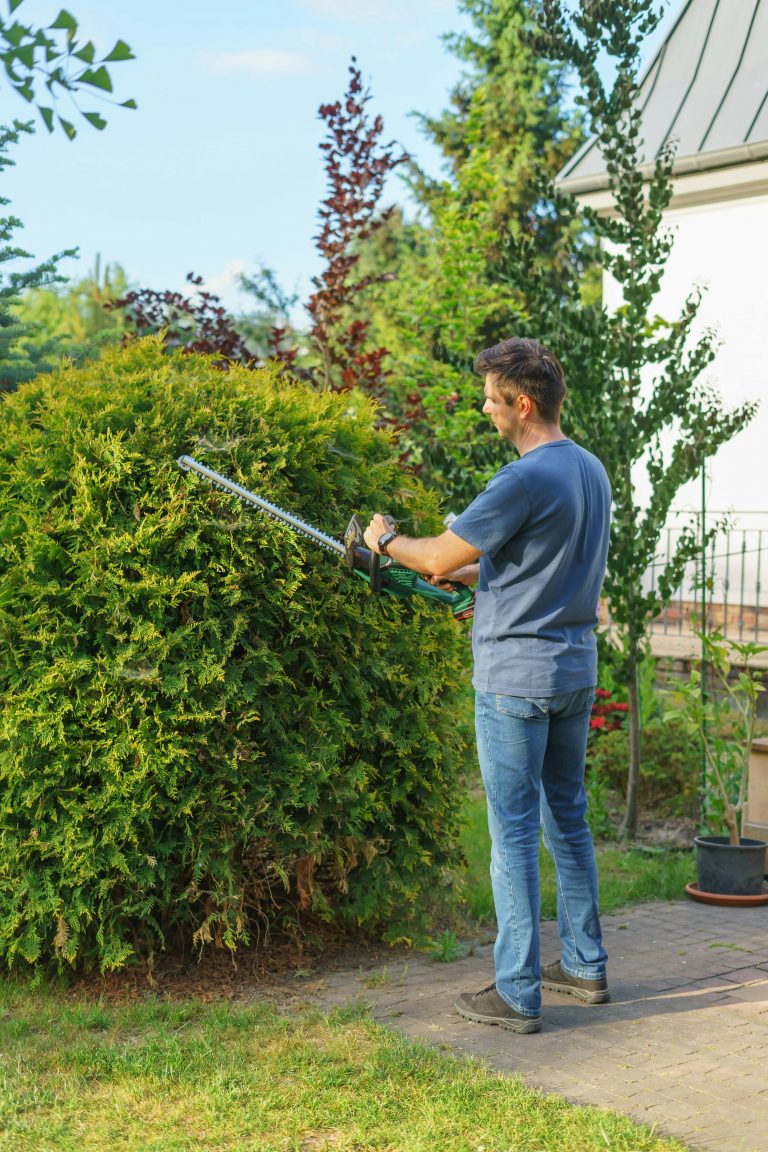
STEP 1
Initial Consultation & Design
Professional assessment of your property, discussion of needs and preferences, and development of a customized design plan that aligns with your vision and budget (1-2 weeks)
STEP 2
Detailed Proposal & Planning
Presentation of comprehensive project specifications including materials selection, timeline, and transparent pricing; finalization of all details before scheduling work to begin (2-3 days)
STEP 3
Expert Installation & Completion
Skilled implementation by our experienced team using quality materials and craftsmanship, followed by a thorough walkthrough to ensure your complete satisfaction with the finished landscape (2-8 weeks, depending on project scope)
# Real Stories Real Result
What Our Customer Say
We hired Mile High Lifescape for our xeriscape project last summer and couldn't be happier with the results. They transformed our water-guzzling lawn into a beautiful, low-maintenance landscape that's perfect for Colorado's climate. Their team was professional and finished on time.
The deck builders at Mile High Lifescape did an outstanding job with our new outdoor space. They listened to what we wanted, made helpful suggestions, and built a sturdy, beautiful deck that we use all the time. Very reasonable pricing too.
After three failed attempts with other companies, Mile High Lifescape finally solved our drainage issues with proper landscape rock placement. The crew was knowledgeable and efficient. Our yard looks great and stays dry even during heavy rains.
I can't say enough good things about their fence installation service. They helped us choose the right materials for our needs and budget, installed everything perfectly level despite our sloped yard, and cleaned up completely when finished.
The sprinkler installation team was fantastic! They designed a system that covers our entire yard efficiently without wasting water. They even showed me how to program the controller and perform basic maintenance myself.
We used Mile High Lifescape for our flower bed design and planting this spring. They selected beautiful plants that work well in our partial-shade yard and arranged everything thoughtfully. Six months later and everything is still thriving!
Their tree branch removal service saved our old maple from storm damage. They were careful with the pruning, didn't damage any surrounding plants, and hauled away all the debris. The tree looks healthier than it has in years.
The outdoor fireplace that Mile High Lifescape built has become the centerpiece of our backyard. It's well-constructed, looks beautiful, and draws everyone outside even on cooler evenings. Worth every penny.
We've used their bush trimming service twice yearly for the past three years. They're always on time, do precise work that keeps our shrubs looking manicured but natural, and their prices have remained consistent.
When we needed our roof cleaned before selling our house, Mile High Lifescape did an exceptional job. They removed all the moss and debris without damaging our shingles. The house photographed beautifully and sold quickly!
Our Landscape Design Projects
from our 99+ projects











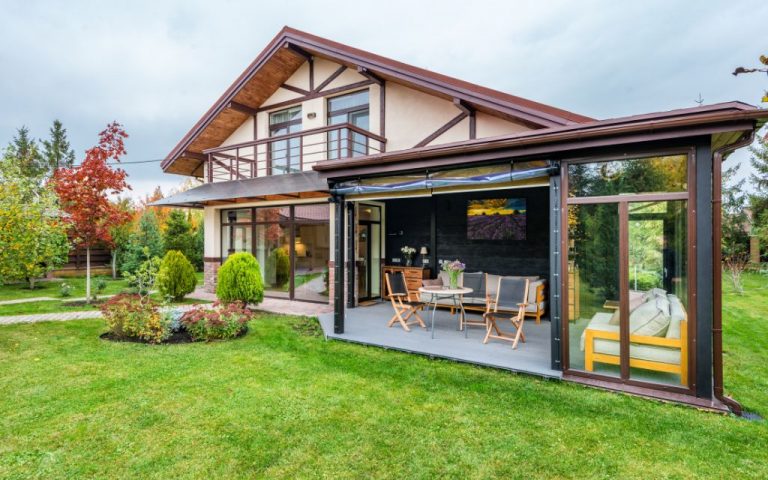
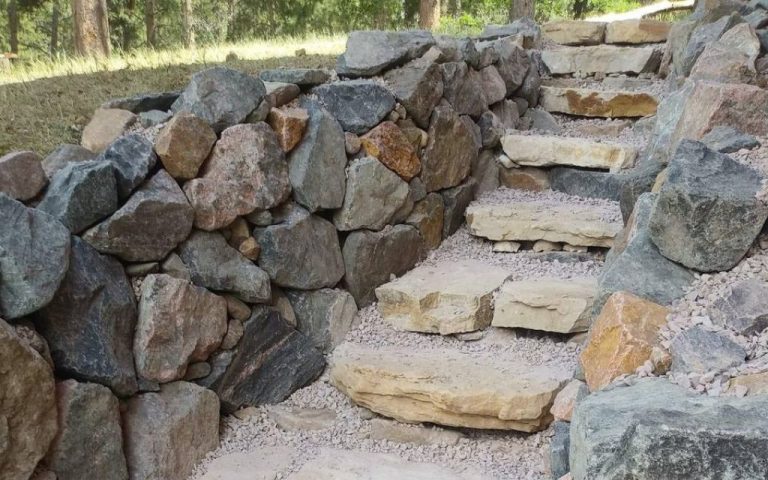

Need help?
Dreaming of a greener, healthier lawn? 🌱 Mile High Lifescape shares easy, expert-approved lawn care tips to help you maintain a beautiful yard with confidence!
Free Quote, please call
For new service
Why Choose Us for Landscape Services?
Best Prices
Enjoy a stunning landscape without breaking the bank or stressing about costs.
Professional Results
Our team crafts your yard to look pro-level - beautiful and polished every time.
High-Quality Service
Get a neat, gorgeous landscape that matches exactly what you dreamed up.
Full-Service Options
From design to upkeep, we cover all your landscaping needs in one place.
Experienced Crew
Our skilled pros bring years of landscaping know-how to your Denver yard.
On-Time Project
Projects done on schedule so you can relax—no delays, just best results.
FAQs about Landscaping Services
What landscape design services does Mile High Lifescape offer?
Mile High Lifescape provides comprehensive landscape design services including custom plans, installation, outdoor lighting, drainage solutions, patio construction, retaining walls, outdoor kitchens, hardscape features, irrigation systems, and water features. We transform underutilized areas into functional, beautiful outdoor spaces tailored to Colorado’s unique climate and your specific property needs.
How does your landscape design process work?
Our landscape design process begins with an on-site consultation to understand your goals, assess your property, and discuss your budget. We then create a detailed design plan incorporating your preferences and our expertise. After your approval, we schedule the installation and handle all aspects from preparation to completion. We conclude with a walkthrough to ensure your complete satisfaction and provide maintenance instructions.
What is the typical timeline for a landscape construction project?
Landscape construction timelines vary based on project complexity, size, and seasonal factors. Small projects like patio installations typically require 1-2 weeks, while complete landscape transformations may take 3-8 weeks. During your consultation, we provide a specific timeline for your project and commit to meeting agreed deadlines, allowing you to plan accordingly without unexpected delays.
Do you offer water - conserving landscape options for Colorado's climate?
Yes, we specialize in water-efficient landscapes designed specifically for Colorado’s semi-arid climate. Our xeriscaping approaches incorporate drought-resistant native plants, efficient irrigation systems, proper soil preparation, and strategic hardscaping to minimize water usage while maintaining visual appeal. These designs reduce water bills, maintenance requirements, and environmental impact while thriving in our local conditions.
What types of hardscaping elements do you install?
Mile High Lifescape installs a variety of hardscape features including patios (concrete, pavers, natural stone), walkways, retaining walls, outdoor kitchens, fire pits, pergolas, and decorative stone features. We select materials that complement your home’s architecture, withstand Colorado’s freeze-thaw cycles, and fulfill both functional and aesthetic requirements for your outdoor living spaces.
How do you address drainage issues in landscape designs?
We implement comprehensive drainage solutions based on thorough site assessment. Depending on your property’s specific needs, we may incorporate French drains, dry creek beds, grading adjustments, permeable hardscapes, rain gardens, or detention areas. Our systems direct water away from structures and prevent erosion while often becoming attractive landscape features themselves.
Can you create a landscape design that requires minimal maintenance?
Absolutely. We design low-maintenance landscapes by selecting appropriate native plants, installing efficient irrigation systems with smart controllers, incorporating proper soil preparation, applying quality mulch, and creating hardscaped areas that reduce upkeep. We can customize the maintenance level to your preferences, from nearly self-sufficient designs to those requiring minimal seasonal attention.
What payment options do you offer for larger landscape projects?
For larger landscape projects, Mile High Lifescape offers flexible payment scheduling. Typically, this includes an initial deposit to secure materials and labor, followed by progress payments at predetermined project milestones. We provide transparent pricing with detailed estimates and avoid hidden fees, allowing you to budget confidently for your landscape investment.
How do you handle unexpected issues during landscape installation?
Our experienced team anticipates potential challenges through thorough site evaluation before beginning installation. When unexpected issues arise—such as discovering buried obstacles or irrigation problems—we communicate immediately, present solution options with associated costs, and proceed only after your approval. This transparent approach prevents surprises and ensures project continuity.
Do you provide ongoing maintenance for newly installed landscapes?
Yes, Mile High Lifescape offers comprehensive maintenance services for newly installed landscapes. Our maintenance programs include seasonal clean-ups, pruning, fertilization, irrigation adjustments, and plant health monitoring. We recommend specific maintenance schedules during your final walkthrough and can establish regular service to ensure your landscape matures properly and remains vibrant for years to come.
Expert Guide to Your Beautiful Landscape




